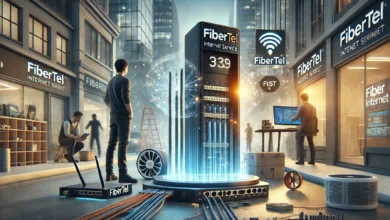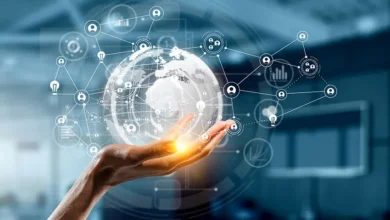How is Hollywood Using AI Face Swap Technology in Films?

In the age of rapid technological evolution, artificial intelligence (AI) is reshaping the landscape of filmmaking. One of the most fascinating tools making waves in Hollywood is AI face swap technology. From resurrecting deceased actors to de-aging veterans of the screen, AI is helping filmmakers achieve what was once impossible. But beyond the visual magic, audiences and creators alike are asking: how does AI face swap work, and how is it being used in the film industry?
The Basics: How Does AI Face Swap Work?
Before diving into its cinematic applications, it’s important to understand how does AI face swap work. At its core, the technology relies on deep learning models, particularly convolutional neural networks (CNNs) and generative adversarial networks (GANs). These AI systems analyze thousands of facial images to learn the patterns, expressions, and nuances that make a face recognizable.
So, how is AI face swap practical in terms of real-world implementations? After undergoing training, the AI is capable of facial landmarks crucial for the generation of a synthetic person’s face indivisible on another’s. The program sets up for diverse aspects such as brightness, angles, and even emotions to come up with a very highly realistic graphic or even a whole video.
Reviving the Legends
Digital resurrection of deceased actors is one of the talk of the town uses of AI face swapping in Hollywood. One of the most famous instances was the representation of Peter Cushing’s face in Rogue One: A Star Wars Story. This made the AI question in both fan forums and academic circles: How is it that AI face swap works so excellently that it is even able to bring the dead back?
The answer is that the feeding of the AI with ample footage and photos of the actor are being made. This allows the model to create a 3D digital mask of the actor’s face, which is later mapped on the body double. The performance that follows, although technically artificial, seems emotionally real to the audience.
Reduction of Age Intakes in Movies
Another application involving the technology is reducing age-related changes in actors. For instance, in The Irishman, actors like Robert De Niro and Al Pacino were altered digitally to appear decades younger than they are. So once again, how does AI face swap work in this scenario?
Rather than switching an actor’s face with someone else’s, the technique retrofits the actor’s own face to the one that appears in the past. With the help of archival footage, the AI detects the changes over time to the face and counteracts those frame by frame. This makes it possible for directors to shoot flashbacks with the same actor without breaking the sequence thus improving the film’s credibility.
Upscaling Stunt Doubles and Action Scenes
In action-centric films, actors frequently rely on stunt doubles. Historically, CGI artists would replace the face of the stunt double with the actor, which was a time-consuming, expensive process done in post-production. Nowadays, AI cuts down this workflow duration. But how does AI face swap work on this?
AI predominantly recognizes and tracks facial movements then maps the actor’s digital face onto the stunt double with accuracy. This leads to better, quicker, and more cost-effective productions, as there is no need for excessive manual work in VFX.
Voicing and Facial Synchronization
In some circumstances, face swapping is not the only technique used but with voice replication and deepfake audios create totally synthetic performances. For example, think of digital characters or avatars in sci-fi movies. So, how does AI face swap function with these technologies?
When AI creates a synthetic face, it must also synchronize lips, the eyes, and expressions with audio and emotional tone. This needs a real-time analysis of the actor’s functions, the motion sensors often, and the digital facial overlay. These elements’ coordination is the reason why characters appear as real as they are.
Moral and Creative Issues
The tools themselves might be exciting to use. However, their use also leads to ethical concerns. If a studio owns the digital right to a specific actor’s face, does it mean that they can continue using it even when he or she is gone? And how does AI face swap work still carry the question of consent? Some actors go as far as including digital likeness rights in their contracts to cover up.
Additionally, it is obligatory for filmmakers to deliberate whether a generated performance by AI could ever have the same emotional impact and that it spontaneously unfolds like that of a real actor. While AI provides ease and the much-needed visual appeal, storytelling through human beings is still at the center of cinema.



